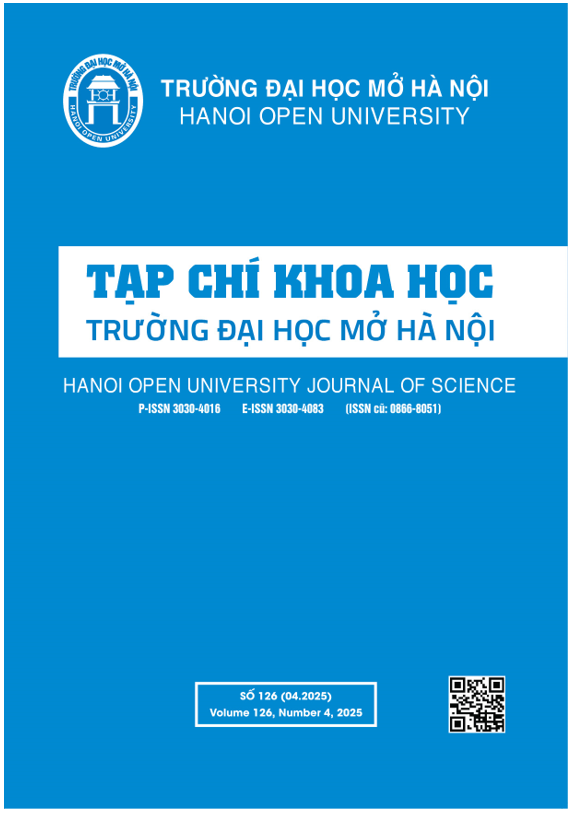GREEN INSURANCE - INTERNATIONAL EXPERIENCES AND LESSONS FOR VIETNAM
DOI:
https://doi.org/10.59266/houjs.2025.560Keywords:
sustainable development, green finance, green insurance, VietnamAbstract
The current trend toward sustainable development has garnered significant attention from countries worldwide, with advancing green finance being a key objective. Among green financial services, green insurance plays an indispensable role by significantly contributing to the enhancement of the green economic system. It expands the range and magnitude of investments for insurance funds and fosters the creation of a sustainable development ecosystem. While the insurance market, particularly green insurance, holds considerable potential, the level of interest and awareness among businesses remains relatively low in Vietnam. This article synthesizes the experiences of selected countries and proposes policy recommendations for promoting green insurance in Vietnam.
References
[1]. Baerenklau, K. A. (2005). Some simulation results for a green insurance mechanism. Journal of Agricultural and Resource Economics, 30(1), 1–15. doi:10.22004/ag.econ.30787.
[2]. Beebe, N. (2009). Digital forensic research: The good, the bad and the unaddressed. In Advances in Digital Forensics V, Proceedings of the Fifth IFIP WG 11.9 International Conference on Digital Forensics, Orlando, FL, USA, 26–28 January 2009; Springer: Berlin/Heidelberg, Germany, Volume V, pp. 17–36.
[3]. Bordoff, J. E. (2008). Pay-as-you- drive auto insurance: A simple way to reduce driving-related harms and increase equity. The Hamilton Project, Brookings Institution, Washington, DC, 2008. Retrieved from: https://www. brookings.edu/articles/pay-as-you- drive-auto-insurance-a-simple-way- to-reduce-driving-related-harms-and- increase-equity/
[4]. Dodd, J. S., Solla, L., Bérard, P. M. (2006). In The ACS Style Guide, 3rd ed.; Coghill, A., Garson, L., Eds.; American Chemical Society: Washington, DC, USA, 1, 292–325, ISBN 978-0-8412-3999-9.
[5]. Garikipati, S., Johnson, S., & Berman, P. (2003). Microinsurance and the poor: The case of Blue Marble Insurance. International Labour Organization, Geneva.
[6]. Guo, H. (2016). International experience of environmental pollution liability insurance. Journal of Management and Strategy, 7(1), 59–64. doi:10.5430/jms. v7n1p59.
[7]. Harris, B., & Swinton, S. M. (2012). Nutrient best management practice insurance and farmer perceptions of adoption risk. Journal of Agricultural andApplied Economics, 44(3), 525–538. doi:10.1017/S1074070800024066.
[8]. Johnson, L. (2021). Rescaling index insurance for climate and development in Africa. Environment and Planning E: Nature and Space, 4(1), 1–19. doi:10.1177/2514848621999364.
[9]. Mitchell, P. D. & Hennessy, D. A. (2003). Factors determining best management practice adoption incentives and the impact of green insurance. Staff General Research Papers 10418, Iowa State University, Department of Economics. Retrieved from: https://ideas.repec.org/p/isu/ genres/10418.html.
[10]. Sergey, I., Yang, C., & Zhao, L. (2021). Green insurance development in China: Legal and market perspective. Journal of Cleaner Production, 279, 123716. doi:10.1016/j.jclepro.2020.123716.
[11]. Wang, C., Nie, P. Y., & Peng, D. H. (2017). Green insurance subsidy for promoting clean production innovation. Journal of Cleaner Production, 148, 111–117. doi:10.1016/j.jclepro.2017.01.145.
